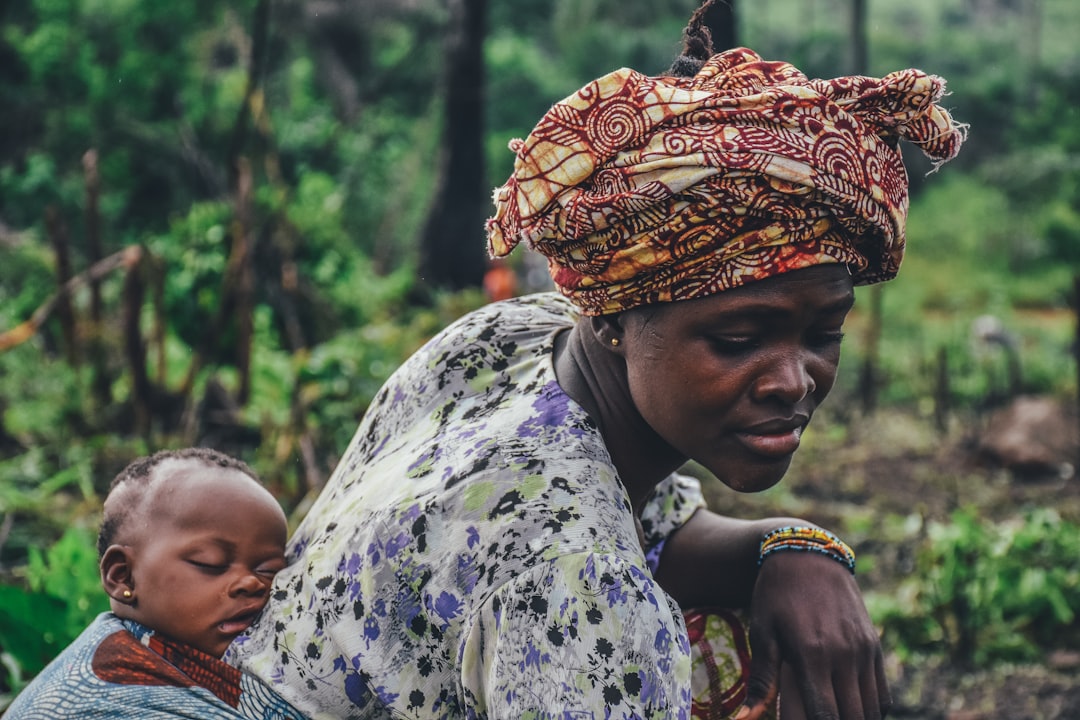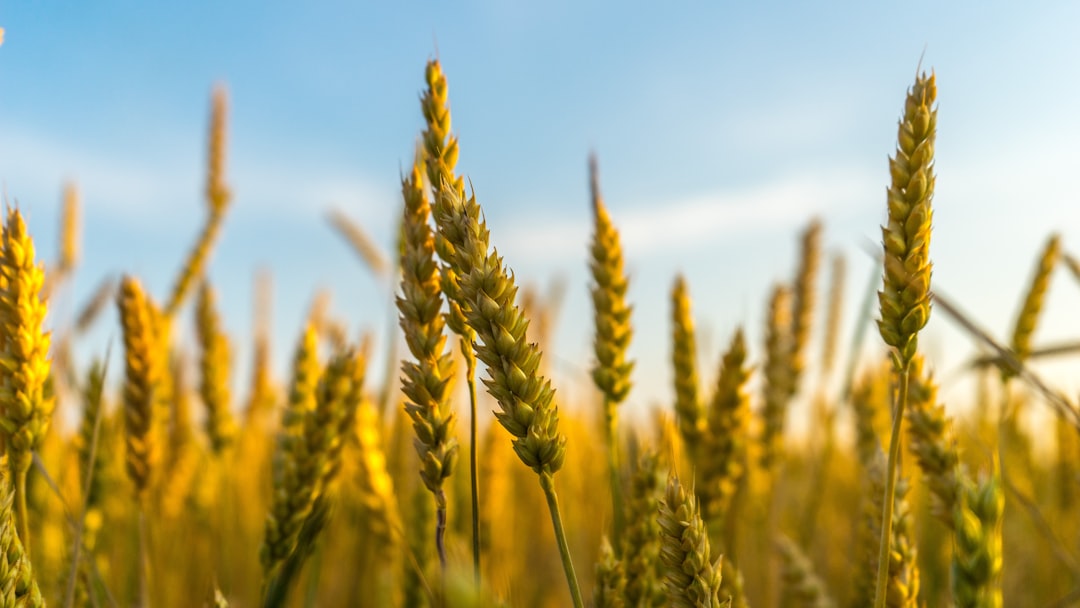What is it about?
We developed a new citizen science approach in which large numbers of farmers test different technological options on their farms. In this new approach, called "triadic comparisons of technologies" or "tricot", farmers receive three different options to evaluate. We created new ways to organize these distributed trials, collect and analyze the data, and report results. The tricot approach was piloted in Central America, East Africa, and South Asia. The article explains the main choices made in designing the approach and some remaining challenges.
Featured Image
Why is it important?
Citizen science is an important option to develop location-specific responses to global challenges, including climate change. Citizen science can mobilize large numbers of volunteers and connects them using digital tools in order to collective create new knowledge, going above and beyond what scientists can do on their own. But in agriculture, citizen science applications are still sparse. The article describes a new approach that directly generates practical benefits for farmers: better knowledge about new farm technologies.
Perspectives
This article is the first one that describes a practical application of an approach that I proposed quite some time ago, in 2011 (in IDS Bulletin). I am really excited that the approach is really taking off now!
Jacob van Etten
Bioversity International
Read the Original
This page is a summary of: FIRST EXPERIENCES WITH A NOVEL FARMER CITIZEN SCIENCE APPROACH: CROWDSOURCING PARTICIPATORY VARIETY SELECTION THROUGH ON-FARM TRIADIC COMPARISONS OF TECHNOLOGIES (TRICOT), Experimental Agriculture, December 2016, Cambridge University Press,
DOI: 10.1017/s0014479716000739.
You can read the full text:
Resources
Contributors
The following have contributed to this page










